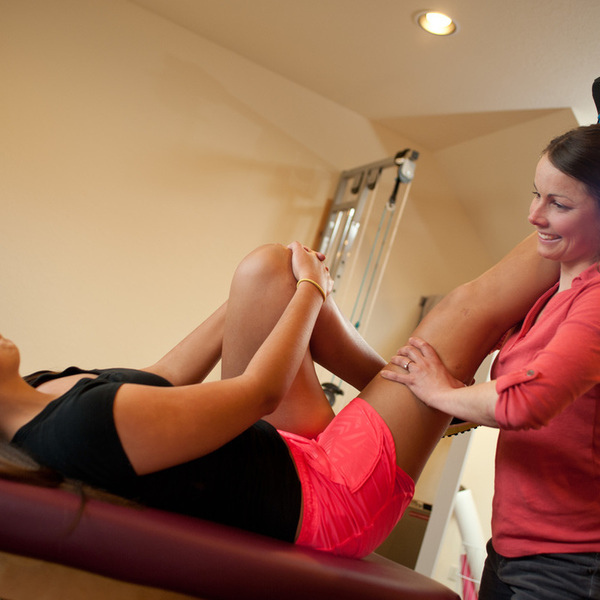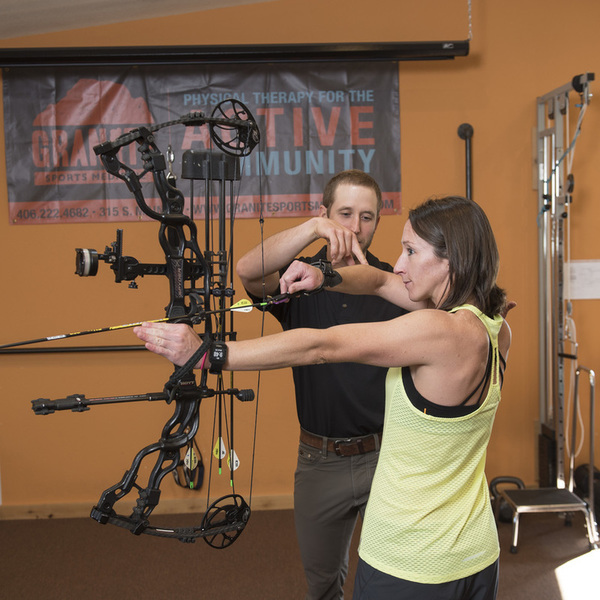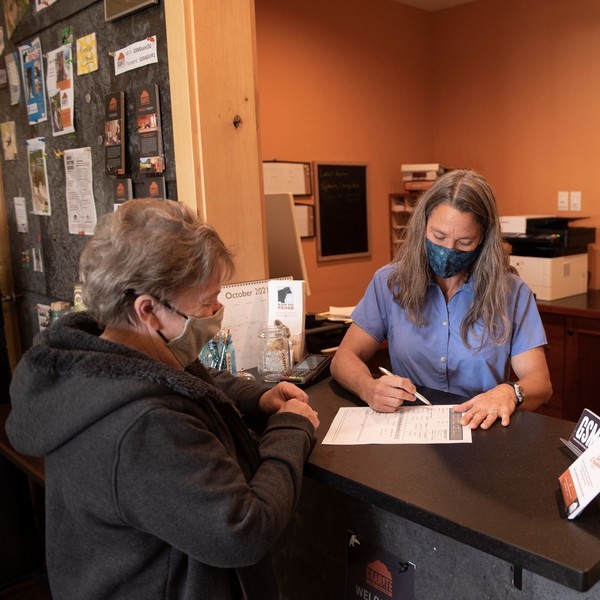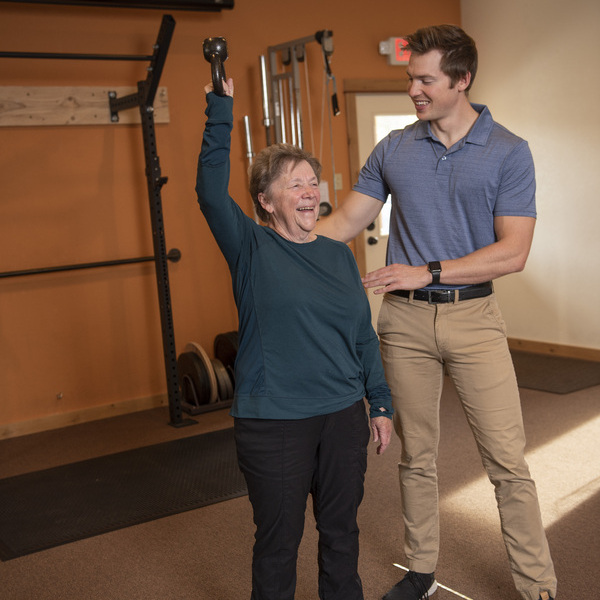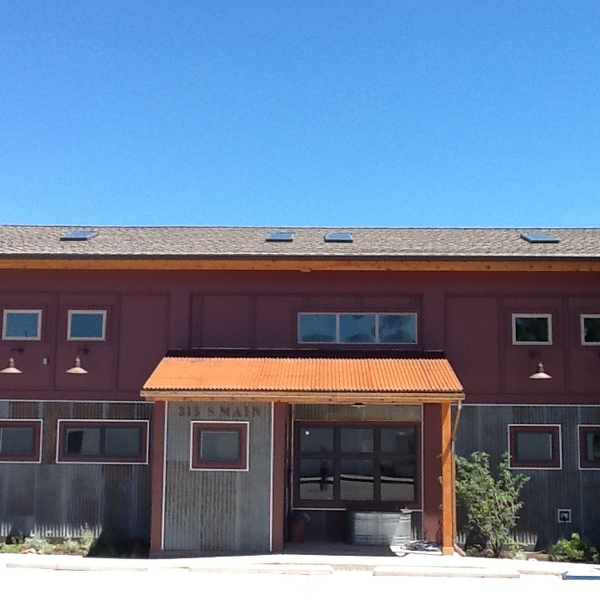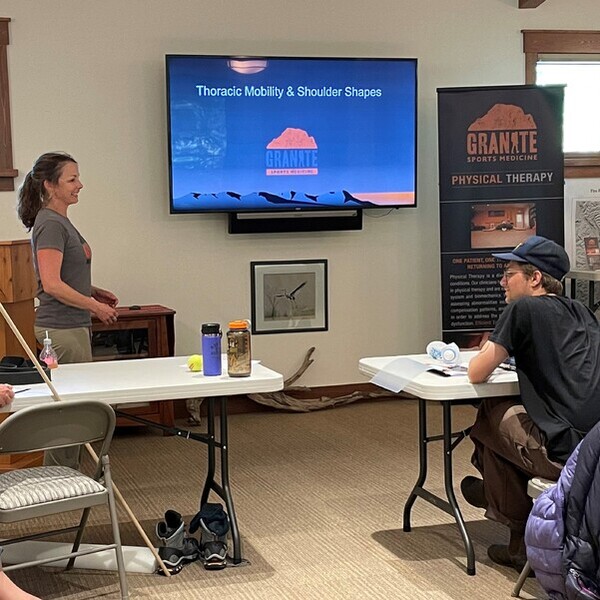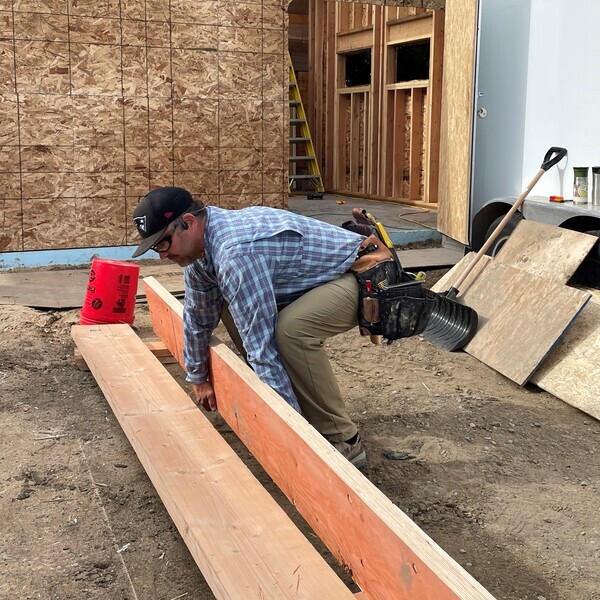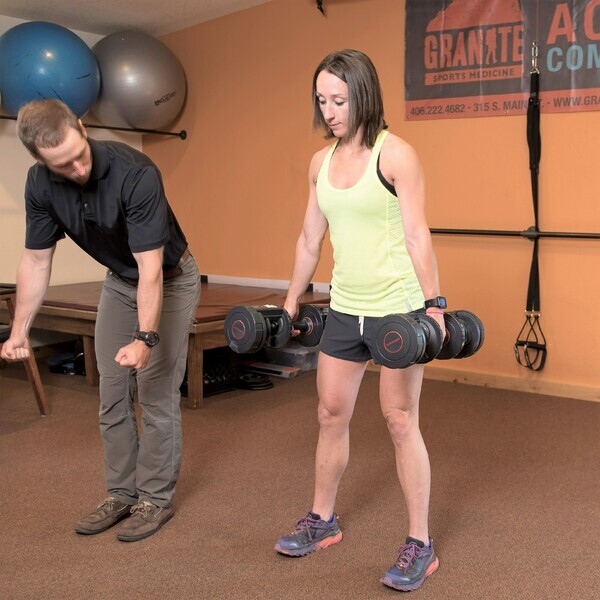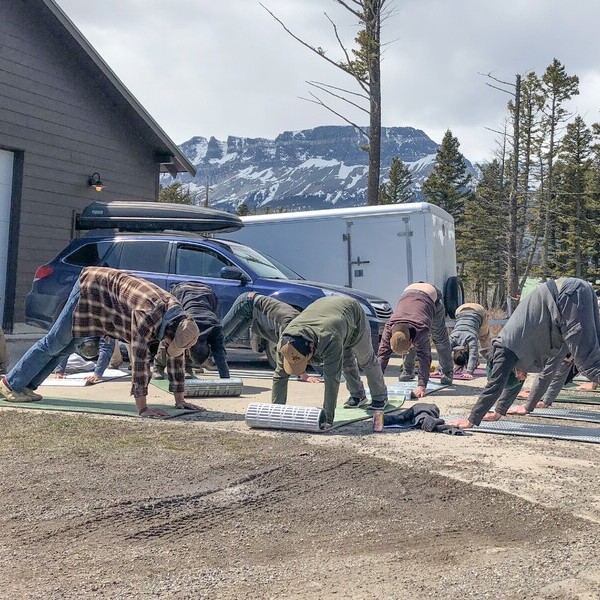One of my family members dealt with right knee pain for years. Eventually, she got an x-ray, which showed bone-on-bone arthritis. Shocked, she was considering a knee replacement. Her daughter, who was with her, asked if they could see her OTHER knee to compare. The left knee’s x-ray was identical, showing bone-on-bone arthritis. But she had zero left knee pain, and never had dealt with pain on the left side before.
This example leads us to challenge conventional wisdom: medical imaging (x-rays, MRIs, etc), often hailed as the gold standard, are not as reliable as we once thought. Many people “qualify” for surgery based on two things: imaging results, and the presence of pain. But what if we’re missing something? Why doesn’t she have pain in her left knee, even though arthritis is present?
It turns out that so-called “abnormal” imaging findings are not so abnormal at all. In pain-free 40-year-olds, up to 85% of knee x-rays showed arthritis. That’s the VAST majority of people who are FREE of pain! Similarly, around 30% of pain-free people have a meniscal tear in their knee. In pain-free collegiate basketball players, 35% showed significant abnormalities on their knee imaging.
And it holds true for other body parts too. MRIs show disc degeneration in the spine in 68% of pain-free 40-year-olds and similarly, 29% of pain-free 20-year-olds have disc protrusions. For the shoulder, 55-72% of pain-free 45–60-year-olds have labral (cartilage) tears. Full-thickness (complete) rotator cuff tears are present without pain or loss of function in 28% of 60-year-olds, and 50% of 70-year-olds.
So, what gives? Why are so many people pain-free when they have these abnormal imaging results?
Medical images can’t assess strength! They can’t tell if a person is training at a level that prepares them for their activities. They can’t discuss with a person how their stress level impacts their pain experience. Imaging takes the human complexity out of it.
Back when I applied to PT school, my personal statement included “The human body is the ultimate machine. I want to be a mechanic of it as a physical therapist.” Boy howdy, I could not have been more wrong. The human body is not a machine at all – it is infinitely more adaptable and dynamic, changing in response to the environment it is placed in. This means our so-called “broken” parts don’t slow us down. And they shouldn’t!
It's time to challenge the status quo and question the reliance on imaging results as a primary determinant for needing surgery. The narrative of abnormal findings on scans coexisting with a pain-free and active life challenges us to rethink the way we perceive our bodies.
You are a complex human. A one-size-fits-all MRI does not honor or capture your complexity. Our so-called "broken" or “abnormal” parts don't necessarily impede our progress – and they shouldn't. The abnormal, pain-free group is not only surviving, but THRIVING. Why can’t YOU be part of it?
- Written by Lexi Klawitter, PT, DPT
 Call 406 222 4682
Call 406 222 4682 Text 406 222 4682
Text 406 222 4682 Get Directions
Get Directions Instagram
Instagram  You Tube
You Tube 
